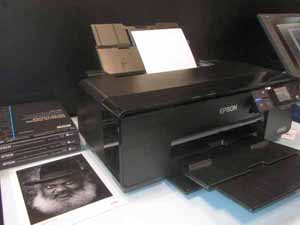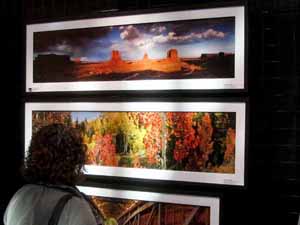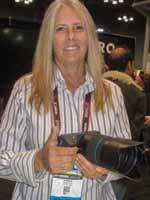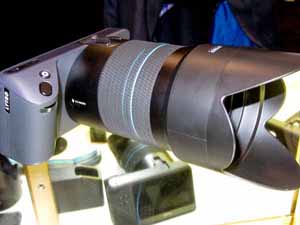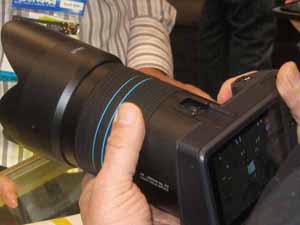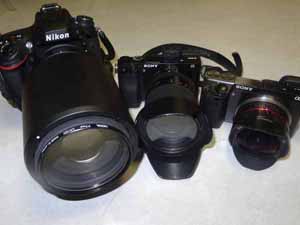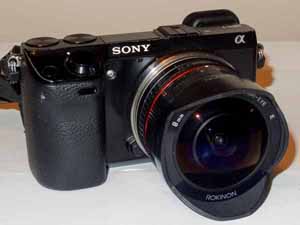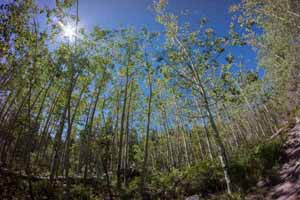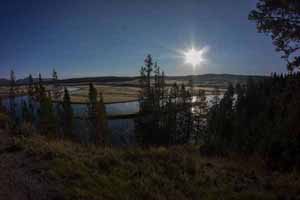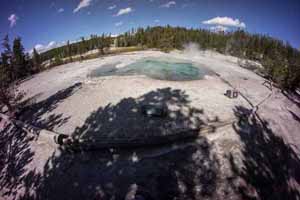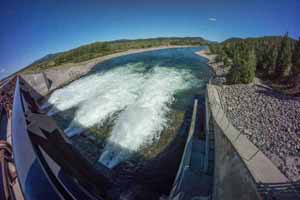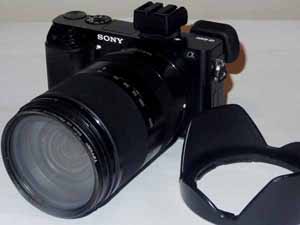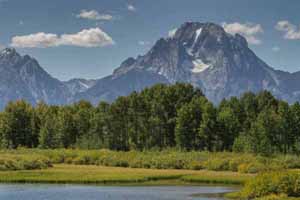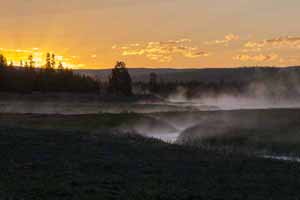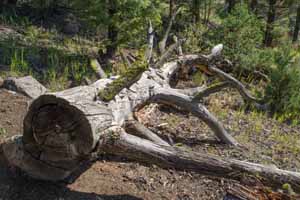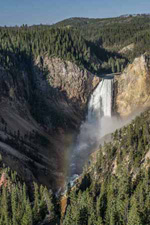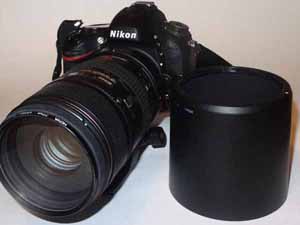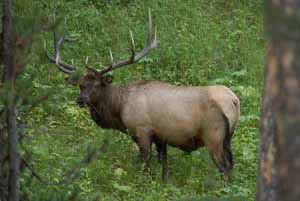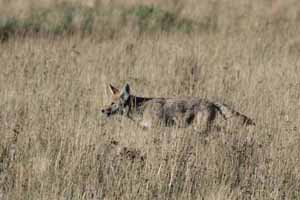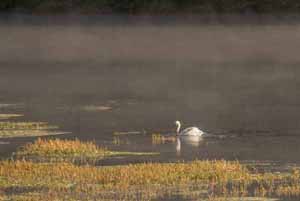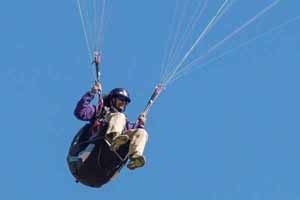Online Magazine
Recent Posts
- Safeguard your Cellphone Photos
- Black & White to Color – Instantly
- Wearing Many Hats
- Video Roundup
- Rescuing Your Blurry Pictures
- Showing Their Age
- What is Your Angle?
- Panorama Photos
- Humorous Photos
- Close Ups
- Fisheye Pictures
- Photo Antiquities
- Printing Big
- Appreciating Scale
- Celebrity Sightings
Tags
More Places to Go
- Free "How-To" Books “How To” books for popular cameras 0
- Vist Us on Facebook keep in touch with us on Facebook 2
Archives
- July 2023 (1)
- March 2023 (2)
- February 2023 (1)
- December 2022 (1)
- October 2022 (1)
- September 2022 (8)
- August 2022 (9)
- July 2022 (1)
- June 2022 (1)
- June 2021 (1)
- May 2021 (1)
- March 2021 (5)
- February 2021 (4)
- January 2021 (2)
- April 2019 (1)
- March 2019 (1)
- February 2019 (1)
- October 2018 (2)
- April 2018 (1)
- March 2018 (4)
- February 2018 (1)
- November 2017 (1)
- August 2017 (1)
- June 2017 (1)
- April 2017 (1)
- March 2017 (5)
- February 2017 (2)
- January 2017 (1)
- October 2016 (1)
- September 2016 (1)
- August 2016 (1)
- July 2016 (1)
- May 2016 (1)
- April 2016 (1)
- March 2016 (2)
- February 2016 (1)
- January 2016 (2)
- December 2015 (1)
- November 2015 (1)
- October 2015 (3)
- April 2015 (1)
- March 2015 (5)
- February 2015 (1)
- January 2015 (4)
- December 2014 (2)
- November 2014 (5)
- October 2014 (2)
- September 2014 (1)
- August 2014 (2)
- July 2014 (1)
- May 2014 (1)
- April 2014 (5)
- March 2014 (5)
- December 2013 (2)
- November 2013 (18)
- October 2013 (1)
- September 2013 (1)
- August 2013 (1)
- July 2013 (1)
- June 2013 (3)
- May 2013 (1)
- April 2013 (2)
- March 2013 (1)
- February 2013 (1)
- January 2013 (1)
- December 2012 (1)
- November 2012 (2)
- October 2012 (2)
- September 2012 (5)
- August 2012 (2)
- July 2012 (1)
- June 2012 (1)
- May 2012 (1)
- April 2012 (4)
- March 2012 (1)
- February 2012 (1)
- January 2012 (3)
- December 2011 (1)
- November 2011 (3)
- October 2011 (1)
- September 2011 (2)
- August 2011 (2)
- June 2011 (3)
- May 2011 (4)
- April 2011 (8)
- March 2011 (8)
- February 2011 (10)
- January 2011 (6)
- December 2010 (11)
- November 2010 (14)
- October 2010 (6)
- September 2010 (12)
- August 2010 (2)
- July 2010 (4)
- June 2010 (3)
- May 2010 (1)
- April 2010 (1)
- March 2010 (2)
- February 2010 (1)
- January 2010 (1)
- December 2009 (1)
- November 2009 (2)
- October 2009 (2)
- September 2009 (1)
- August 2009 (3)
- July 2009 (2)
- June 2009 (1)
- May 2009 (2)
- April 2009 (1)
- March 2009 (2)
- February 2009 (1)
- January 2009 (3)
PhotoPlus Expo 2014 – Epson P600
19th November 2014
High Quality Desktop Printer
I’m an ardent believer that it’s better to get your photographs off of your hard drive and into print.
About ten years ago, we had a 13″ wide printer to handle some of our smaller photographs. However, after it died following a long and generous life, we chose not to replace it. Since then we’ve been using a variety of photofinishers to reproduce our photographs.
After strolling by the Epson booth and seeing some of their impressive photograph displays, I talked to one of their customer representatives and am now considering their new Surecolor P600.
I asked the Epson representative about my concern about clogged ink cartridges when the printer is sits unused for a short while and was told that the ink will remain usable for up to six months from installation.
The list price of the Epson Surecolor P600 is $795. For more information, see the Epson P600 webpage for details.
The P600 is now on my short list of equipment purchases. I’m anxious to print several panoramas that I’ve stored on my hard drive – again, the hard drive is not a good place to keep photographs.
Written by: Arnie Lee
PhotoPlus Expo 2014 – Lytro
19th November 2014
Light Field Technology
I made it a point to visit all of the booths at PhotoPlus Expo looking for new and interesting products.
At the Lytro booth, I learned a new term: Light Field Technology. With this camera, the direction, color and brightness of the light rays are captured by a specialized sensor array. Afterwards, this information can be “processed” to refocus and change perspective.
Use the included Lytro Desktop software to upload to Lytro’s web (no charge) or to Facebook. Viewers can post comments about your pictures on the Lytro Gallery. When you upload, the software creates an animated gif file that animates the refocusing and change of perspective capabilities.
To see this interesting light field technology, visit the Lytro Gallery where you can experiment with these images by moving your mouse over the area to be refocused. I think it’s an amazing technology.
The Illum is available now at a list price of $1599 includes battery and ND filters (since aperture is fixed at f/2).
Written by: Arnie Lee
Am I Equipped Right?
30th September 2014
Like many other dedicated photographers, I’ve somehow accumulated a sizable stash of photo equipment over the years. I’ve also gained a lot of experience knowing what equipment I’ll need for a particular type of shooting.
My last two assignments were a combination of travel and outdoor shoots. My aging back and wobbly knees beg me to travel as lightly as possible for two reasons: a) to minimize the size and weight of the load that I carry and b) to reduce the amount of time I need to get ready for any given shot.
Since I don’t like carrying camera bags or backpacks, I rarely carry extra lenses. On hikes, it’s a chore for me to search for the right lens and change it on the fly, especially if wildlife is the subject matter. It’s far faster for me to slide the desired camera/lens setup on its shoulder strap up to my eye and be ready to shoot in a few seconds.
After these two recent assignments, I’ve zeroed in on a reasonable set of cameras and lenses to use when traveling long and far. I based my choice on the range of the lenses that I typically use: a very wide angle, a medium range telephoto zoom and a long range telephoto zoom.
For several years, I’ve come to rely on Sony’s NEX series of mirrorless cameras. Not only are they compact and lightweight, but they have several features that I appreciate such as the electronic viewfinder which instantly previews your exposure adjustments and a mode that captures in-camera panoramas. One drawback of these mirrorless cameras is that there isn’t a long telephoto lens available. For this I have to stick with a full-frame Nikon DSLR.
So there you have it, my equipment of choice for outdoor photography. Of course, not everyone has the same preferences or requirements in the field as myself so this set up may not work universally. But for me being properly equipped has proved to be an ideal way for me to work comfortably, quickly and efficiently.
Written by: Arnie Lee
« Older Posts — Newer Posts »
